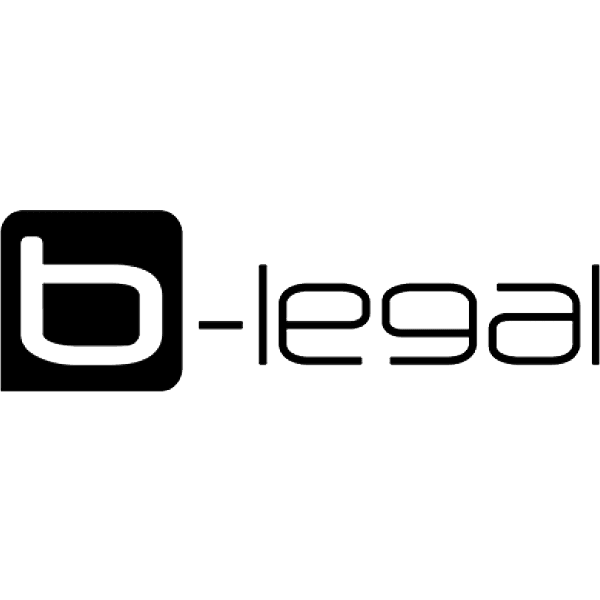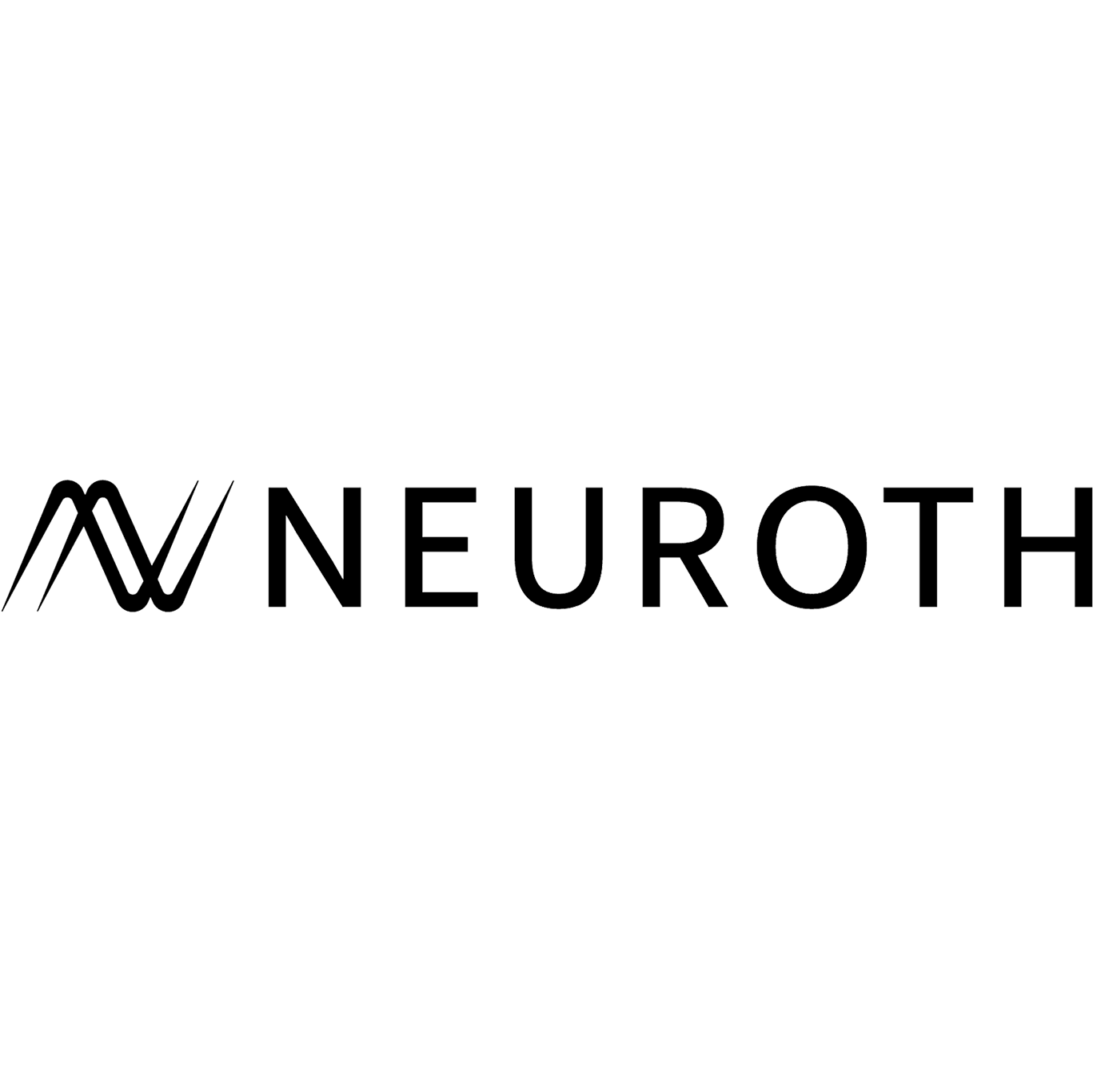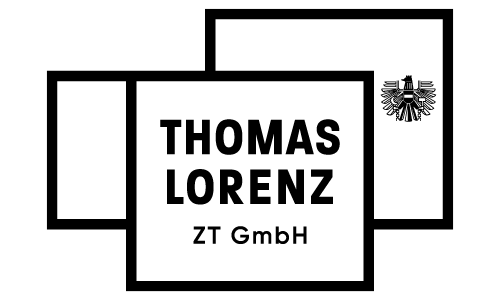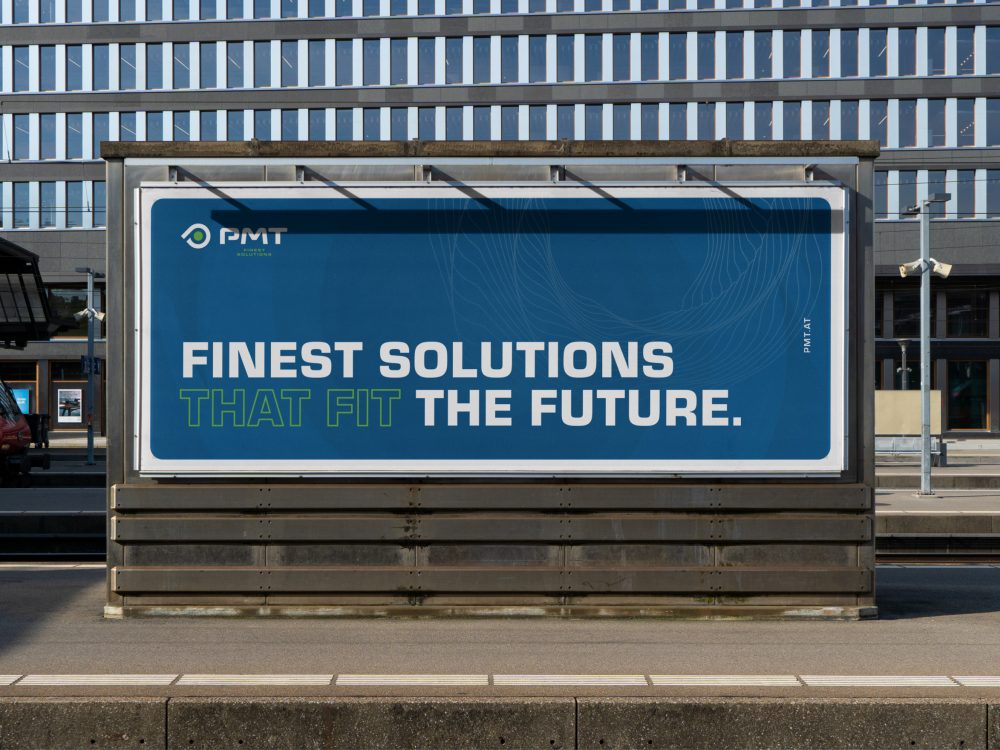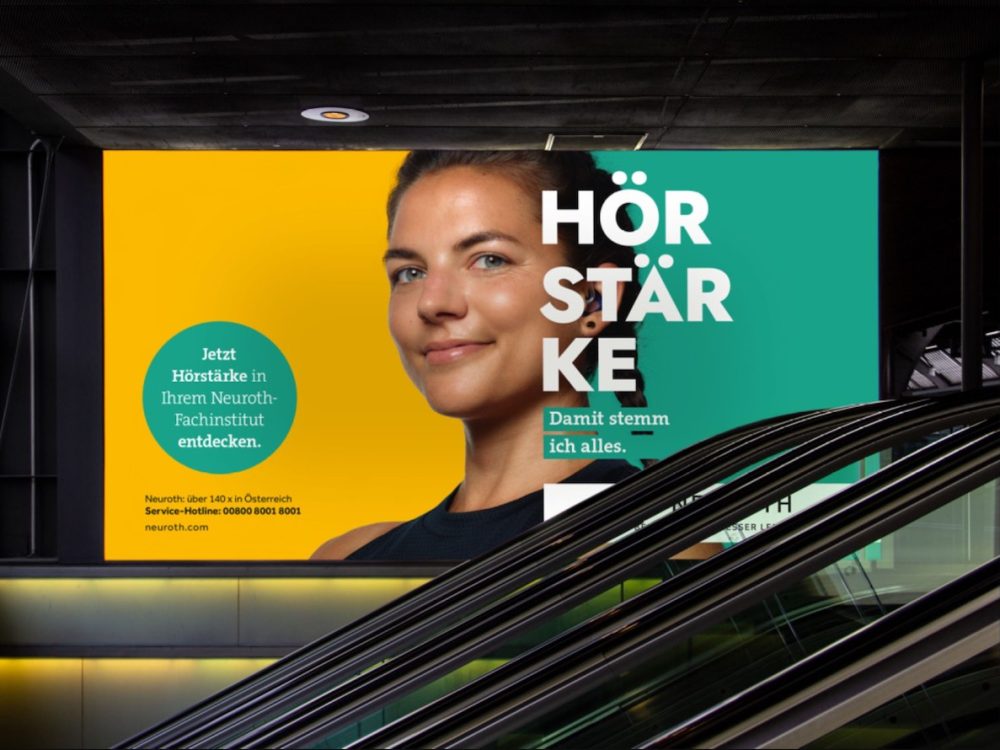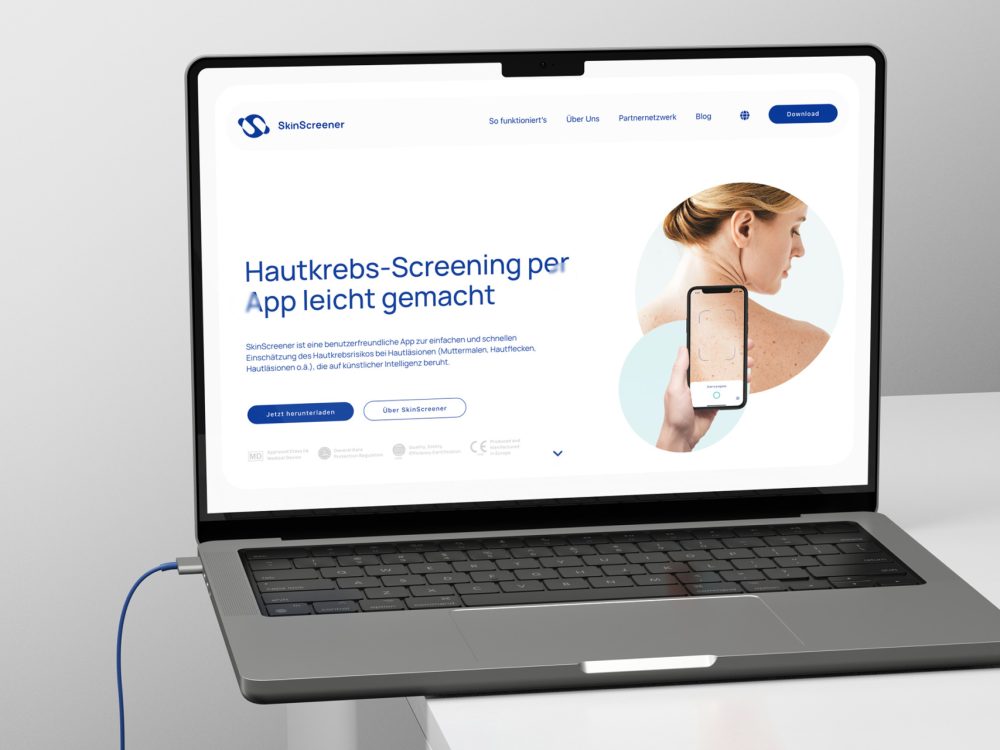Projects
As an agency, we accompany projects in branding, design or strategy from the very beginning or just for part of the way. In doing so, we bring our expertise and creativity to bear and attach great importance to continuous further development. This has laid the foundation for successful cooperations – which we appreciate very much.
About Zeitgeist
As brand specialists, we develop and optimize brands in three steps: strategy, design and digitalization. We create brands with identity that leave impressions and arouse emotions – analog and digital.
Branding foundations






Strategy.
What does the brand stand for – and what makes it so strong? Working out an authentic brand strategy before moving into implementation is the foundation on which a compelling brand can be built.






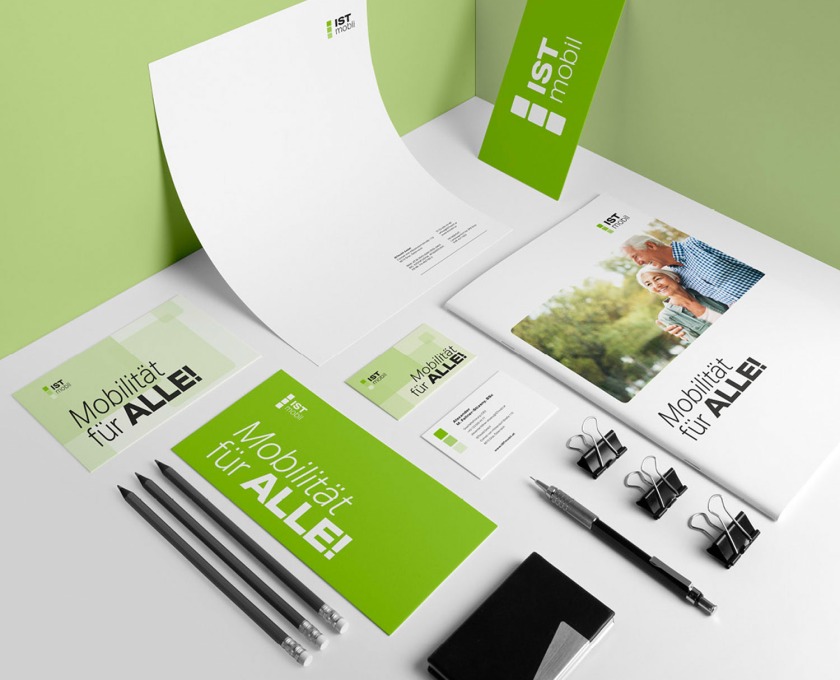



Design.
Through brand design and brand expression, we put the previously elaborated brand strategy into practice. In something you can look at and feel.
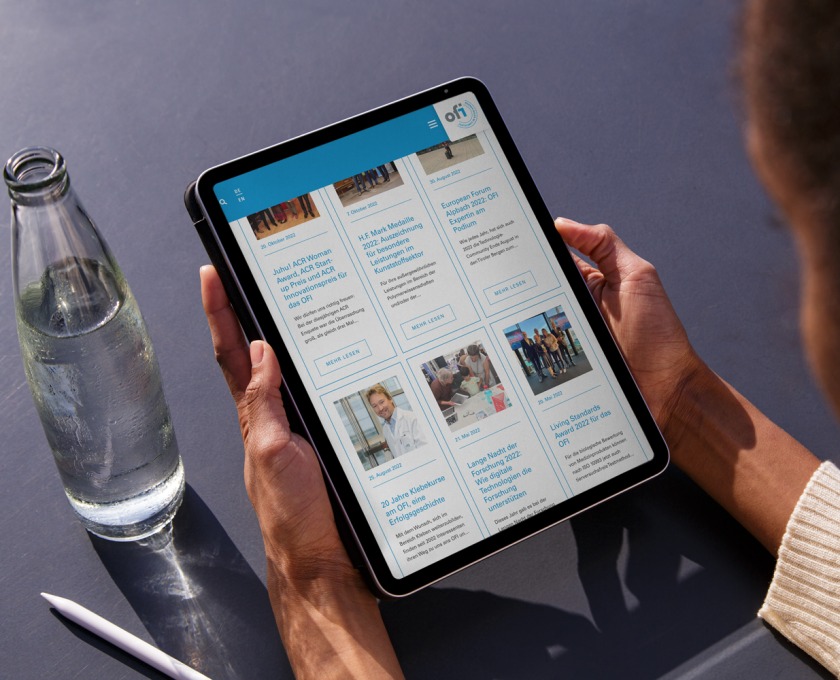



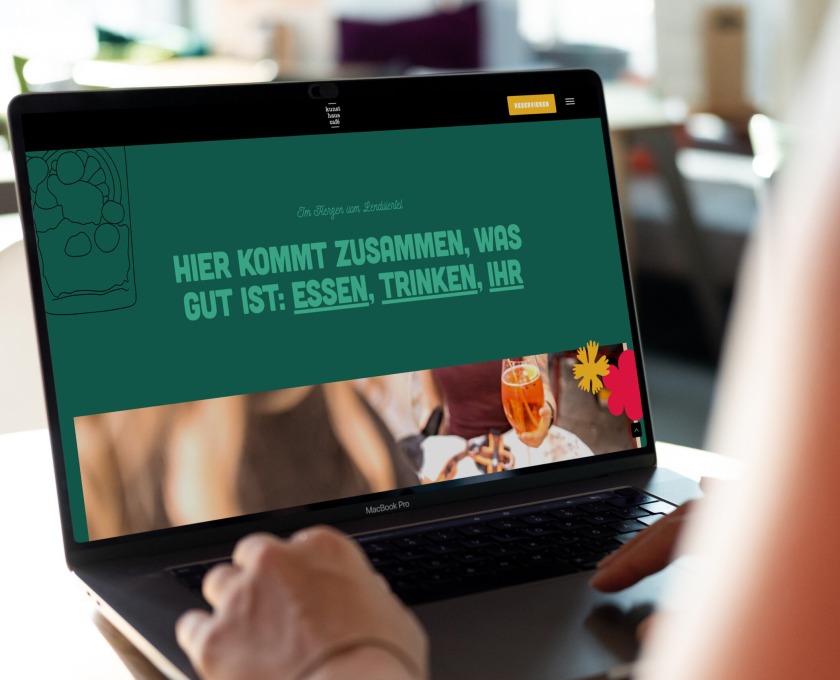

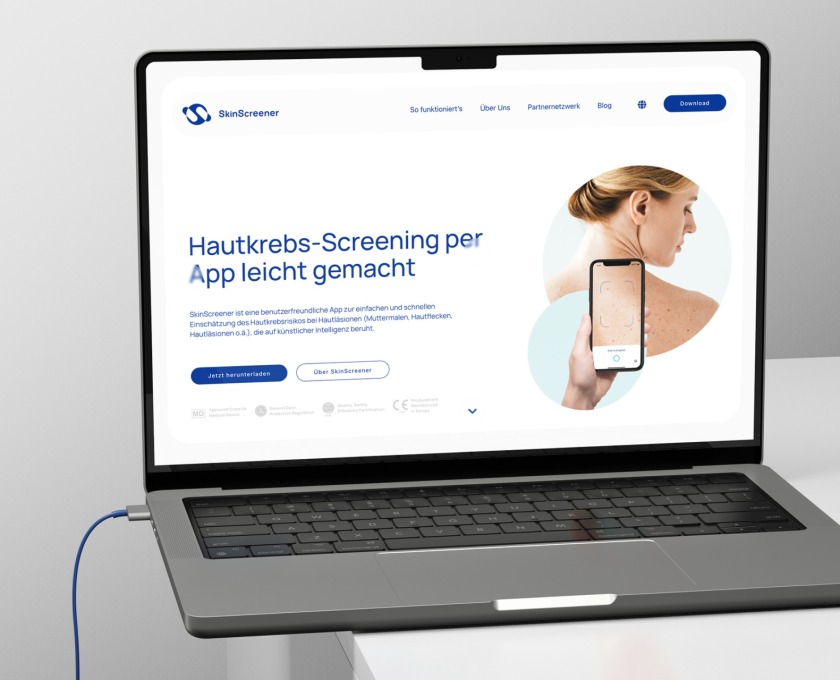



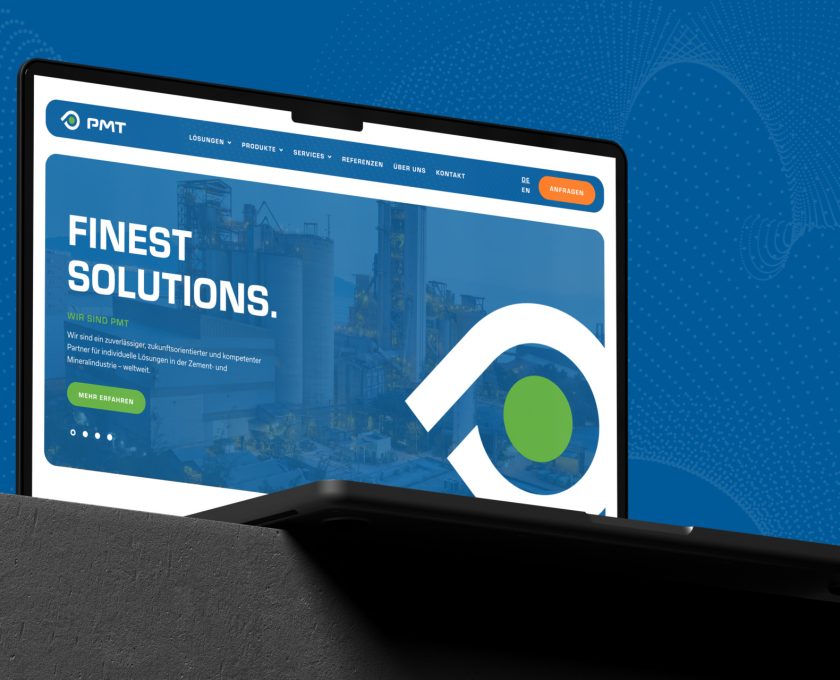

Digitization.
We show opportunities and potentials in the digital world and accompany you and your company in a digital transformation.
Our services
Customers & Partners




